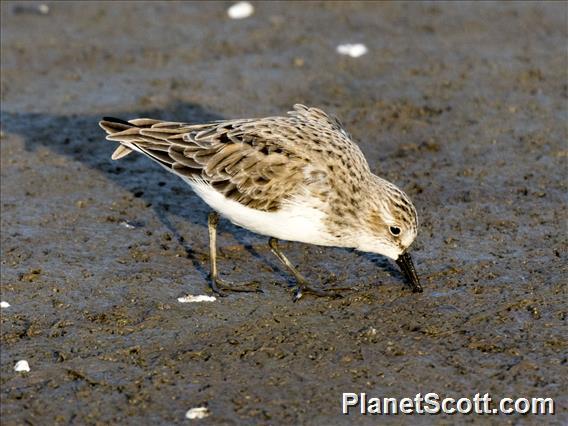Semipalmated Sandpiper (Calidris pusilla)

Semipalmated Sandpiper (Calidris pusilla)

Semipalmated Sandpiper (Calidris pusilla)


×



Semipalmated Sandpiper (Calidris pusilla)

Semipalmated Sandpiper (Calidris pusilla)
About Semipalmated Sandpiper (Calidris pusilla)
- Kingdom: Animals
- Phylum: Chordates
- Class: Birds
- Order: Pelicans
- Family: Sandpipers and Allies
The semipalmated sandpiper is a very small shorebird. The genus name is from Ancient Greek kalidris or skalidris, a term used by Aristotle for some grey-coloured waterside birds. The specific pusilla is Latin for "very small".
Source: Wikipedia
Visits
-
2014-07-17
Nome--Safety Sound, United States of America -
2014-07-18
Nome-Kougarok Road, United States of America -
2014-07-19
Nome-Teller Hwy, United States of America -
-
2021-05-28
Montrose Point, United States of America -
-
-
2022-08-04
Crissy Field, United States of America -
-
-
-
-
-
-




